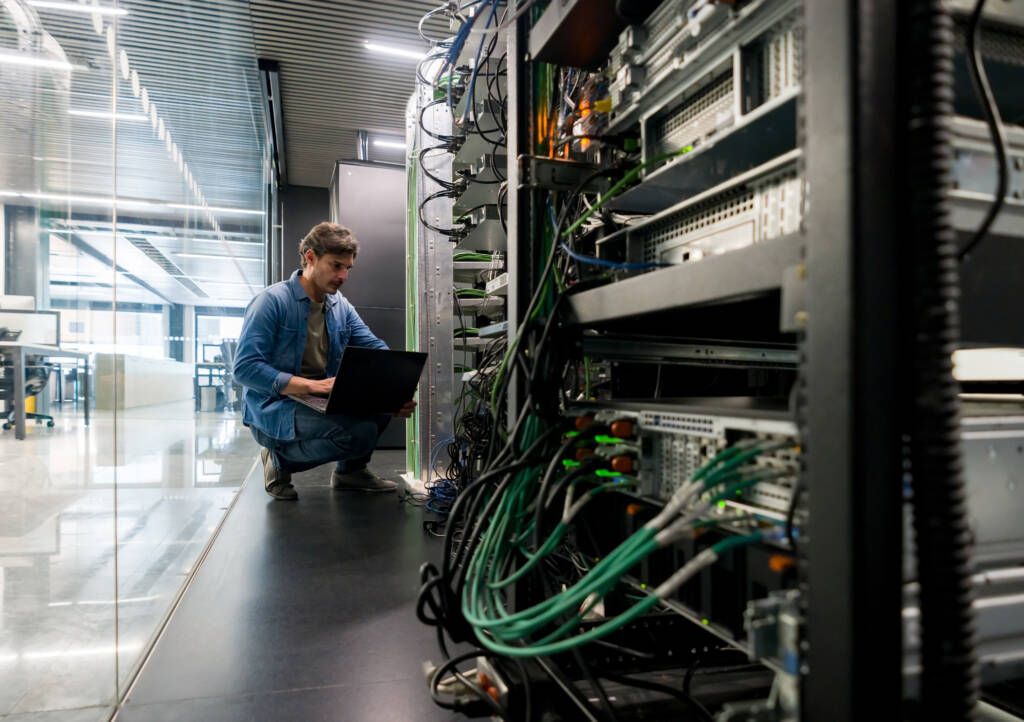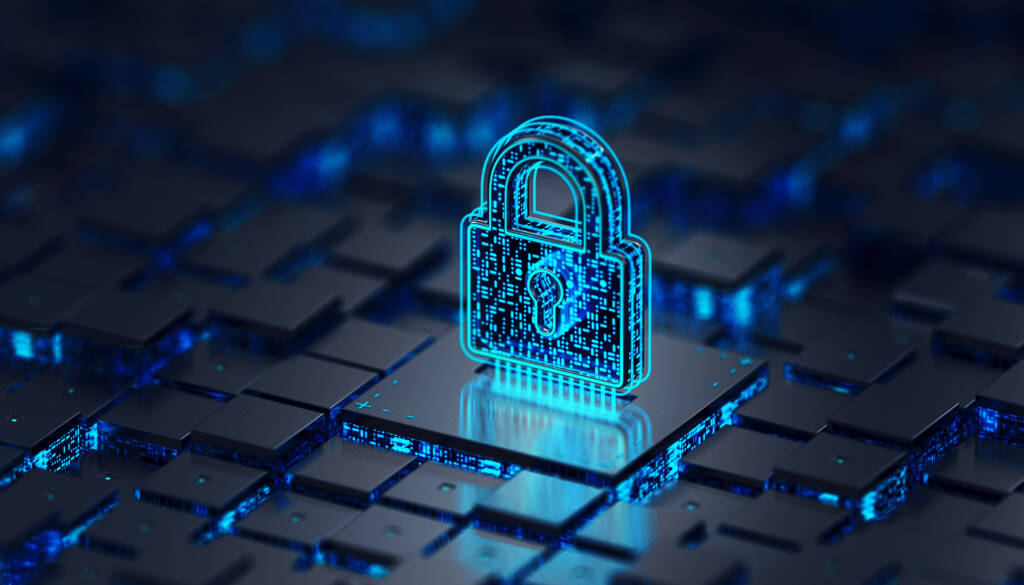
Cybersecurity 1a

We depend more and more on the technologies we interact with every day, and we put more and more of our personal data out there online. Can all of that data really be kept secret? We all need to know more about how to protect our personal information, especially given how much we rely on and use our network devices and media. You‘ll learn about the various parts of your computer, how they work together, and how you can manipulate them to keep your data safe. You’ll also dive into the tools, technologies, and methods that will help protect you from an attack and discover the many opportunities in the rapidly growing field of cybersecurity.
During this course, you will learn career-related skills and earn a badge for this accomplishment. A badge is a digital certification of your career-related learning that you can share on social media and higher education platforms, or with colleges, potential employers, peers, and colleagues. Select this link to learn more about badges.
Major Topics and Concepts
- Basics of Cybersecurity
- Computers and Operating Systems
- Networking Fundamentals
- Network Security
- Access Control
- Mobile Devices and Cloud Computing
- Protecting Data
- Trends and Challenges
Course Materials
NOTE: This course uses specialized software and has course activities with unique technical requirements.
- Students must have administrative permissions for their computer (blocked on most school-issued computers).
- Chrome Books and tablets do not meet the minimum technical requirements for this course.
Required Materials:
Software: Virtual Box: https://www.virtualbox.org/wiki/downloads
In order to run VirtualBox on your machine, you need:
- CPU: Recent Intel or AMD processor
- Memory: 2+GB RAM
- Hard disk: About 4GB free hard disk space
- Supported Operating System: Windows, Mac OS X, Linux, Solaris and OpenSolaris.
Competencies
Cybersecurity Fundamentals
Students will demonstrate an understanding of cybersecurity fundamentals by describing cyberspace concepts and explaining the principles of cybersecurity.
Computer Fundamentals
Students will demonstrate an understanding of computer fundamentals by describing computer components and explaining memory concepts as well as operating systems.
Networking Fundamentals
Students will demonstrate an understanding of networking fundamentals by describing various digital networks and explaining commonly used protocols.
Network Security
Students will demonstrate an understanding of network security by describing network components and security devices, explaining the network principles process, and evaluating secure design practices.
Network Access Control
Students will demonstrate an understanding of network access control by describing types of security controls and explaining methods of controlling network access.
Mobile and Cloud Security
Students will demonstrate an understanding of mobile and cloud security by describing wireless security, explaining virtualization and cloud computing, and differentiating various types of attacks.
Data Protection
Students will demonstrate an understanding of data protection by describing security controls and explaining encryption as well as the secure use and disposal of data.
Trends and Challenges
Students will demonstrate an understanding of cybersecurity trends and challenges by describing infrastructure security concepts, explaining cybersecurity trends, and comparing cybersecurity regulations.

